Drylands, which encompass approximately 41% of the Earth’s land surface, are characterized by low and variable precipitation, high evaporation rates, and extreme temperatures. These regions are home to diverse ecosystems and are critical for food production, particularly for rural communities that rely on agriculture and pastoralism. However, climate change is increasingly threatening biodiversity and food production in drylands, leading to significant ecological and socioeconomic consequences.
Impact of Climate Change on Biodiversity
- Altered Ecosystem Dynamics
Climate change affects the delicate balance of ecosystems in drylands, leading to shifts in species distribution and community composition. Changes in temperature and precipitation patterns can favor certain species over others, disrupting established relationships between plants, animals, and microorganisms. For example, as temperatures rise, some plant species may migrate to higher altitudes or latitudes, while others may not be able to adapt quickly enough, resulting in local extinctionsncreased Desertification**
Climate change exacerbates desertification processes in drylands. Rising temperatures and prolonged droughts contribute to soil degradation, reduced vegetation cover, and the loss of habitat for many species. The United Nations Convention to Combat Desertification (UNCCD) estimates that desertification affects over 1 billion people worldwide, significantly threatening biodiversity in these regions . - netic Diversity
Biodiversity loss in drylands also includes a decline in genetic diversity among crops and livestock. Traditional agricultural systems that rely on local varieties are increasingly at risk due to changing climatic conditions. This loss of genetic diversity limits the potential for breeding resilient crop varieties that can withstand drought, pests, and diseases .
Effects onuction
- Reduced Crop Yields
Climate change directly impacts food production through its effects on crop yields. Changes in rainfall patterns can lead to either waterlogging or drought conditions, both of which are detrimental to crop growth. According to a study by the Intergovernmental Panel on Climate Change (IPCC), yield reductions for staple crops like wheat and maize are projected in many dryland regions, threatening food security . - Increased Pest andncidence
Warmer temperatures can enhance the proliferation of pests and diseases that threaten food crops. For example, studies have shown that increased temperatures can lead to the expansion of pest ranges, resulting in higher infestations and greater challenges for farmers . This situation creates a vicious e declining yields lead to increased pesticide use, further harming biodiversity. - Impact on Livestock Production
Livestock production in drylands is also adversely affected by climate change. Heat stress can reduce the productivity and reproductive rates of livestock, while reduced forage availability leads to malnutrition and decreased resilience against diseases. The Food and Agriculture Organization (FAO) notes that livestock losses in arid regions due to climate-related stressors can have devastating economic impacts on pastoral communities .
Strategies for Resilience
To mitigatcts of climate change on biodiversity and food production in drylands, several strategies can be implemented:
- Sustainable Agricultural Practices: Adoption of conservation agriculture, agroforestry, and integrated pest management can help improve soil health and resilience to climate variability.
- Water Management: Efficient water use through practices such as rainwater harvesting, drip irrigation, and watershed management can enhance water availability for both crops and livestock.
- Biodiversity Conservation: Protecting and restoring natural habitats is crucial for maintaining biodiversity. This includes the conservation of native plant and animal species that are adapted to dryland conditions.
- Research and Innovation: Investing in research to develop climate-resilient crop varieties and sustainable farming techniques can help farmers adapt to changing climatic conditions.
Conclusion
The interplay between climate change, biodiversity, and food production in drylands presents a complex challenge that requires urgent attention. As climate stressors continue to impact these regions, the need for sustainable practices and effective policies becomes increasingly critical. By prioritizing biodiversity conservation and enhancing food production resilience, communities can better withstand the impacts of climate change and ensure a sustainable future for dryland ecosystems and their inhabitants.


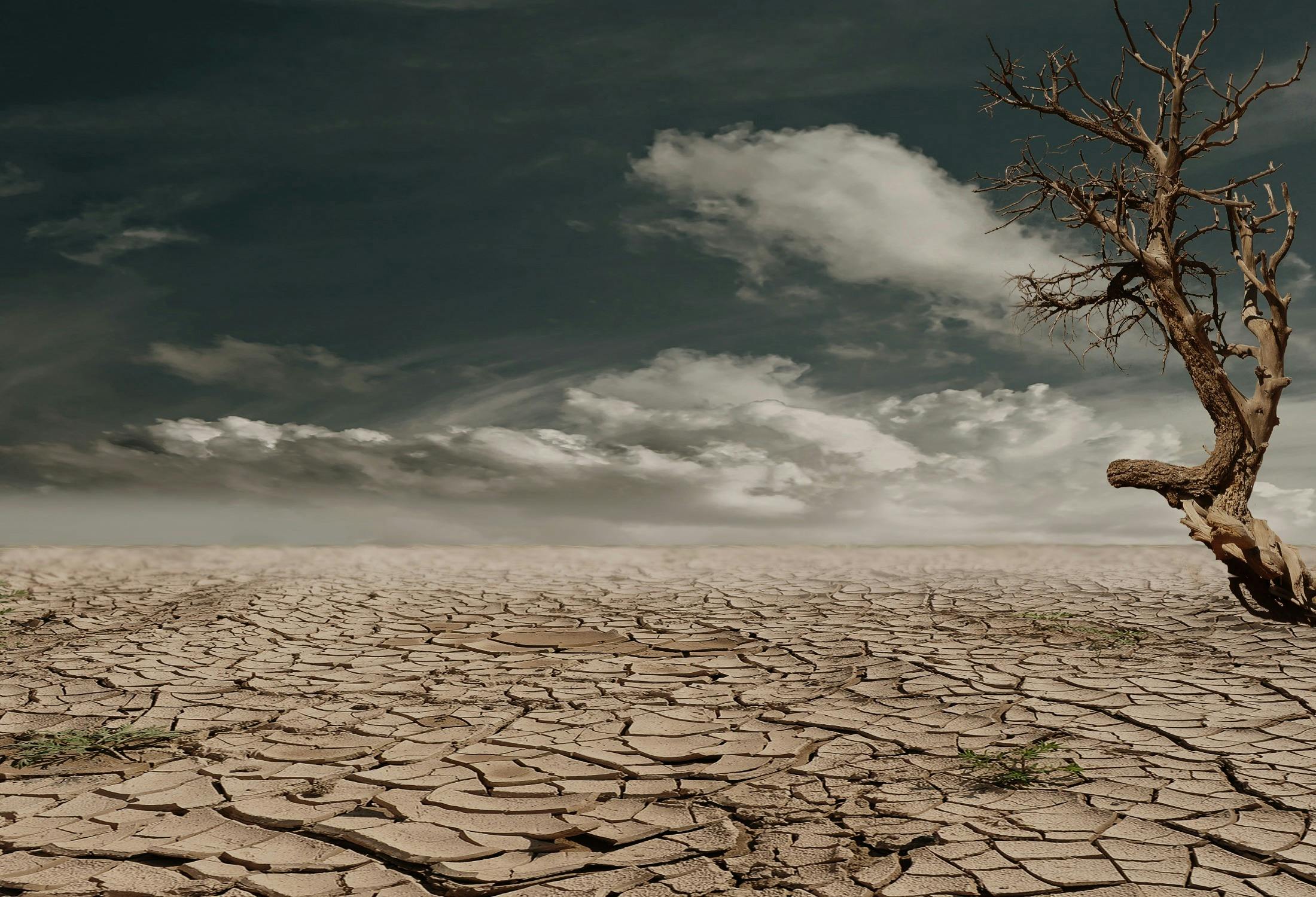
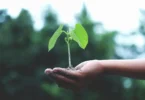
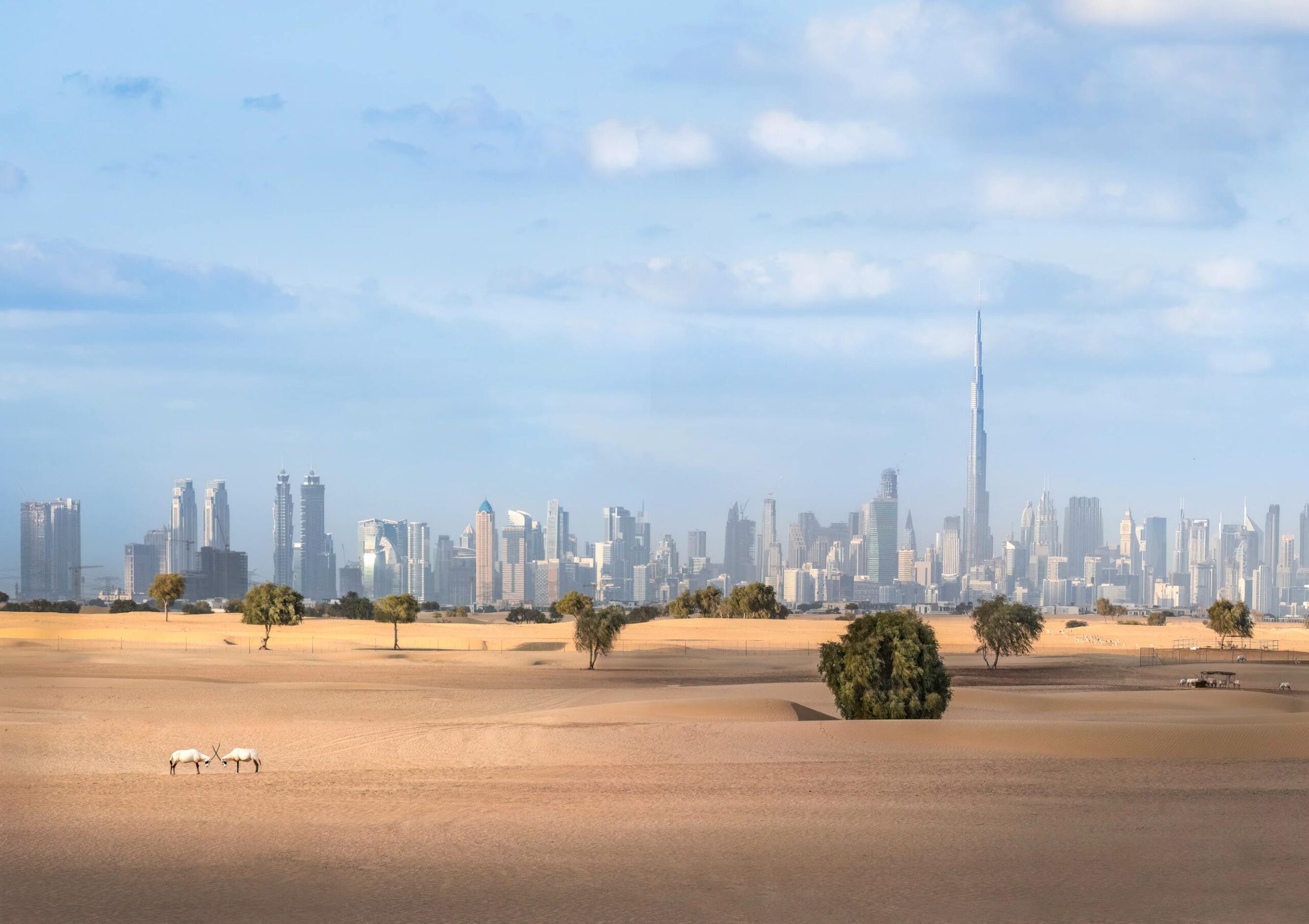
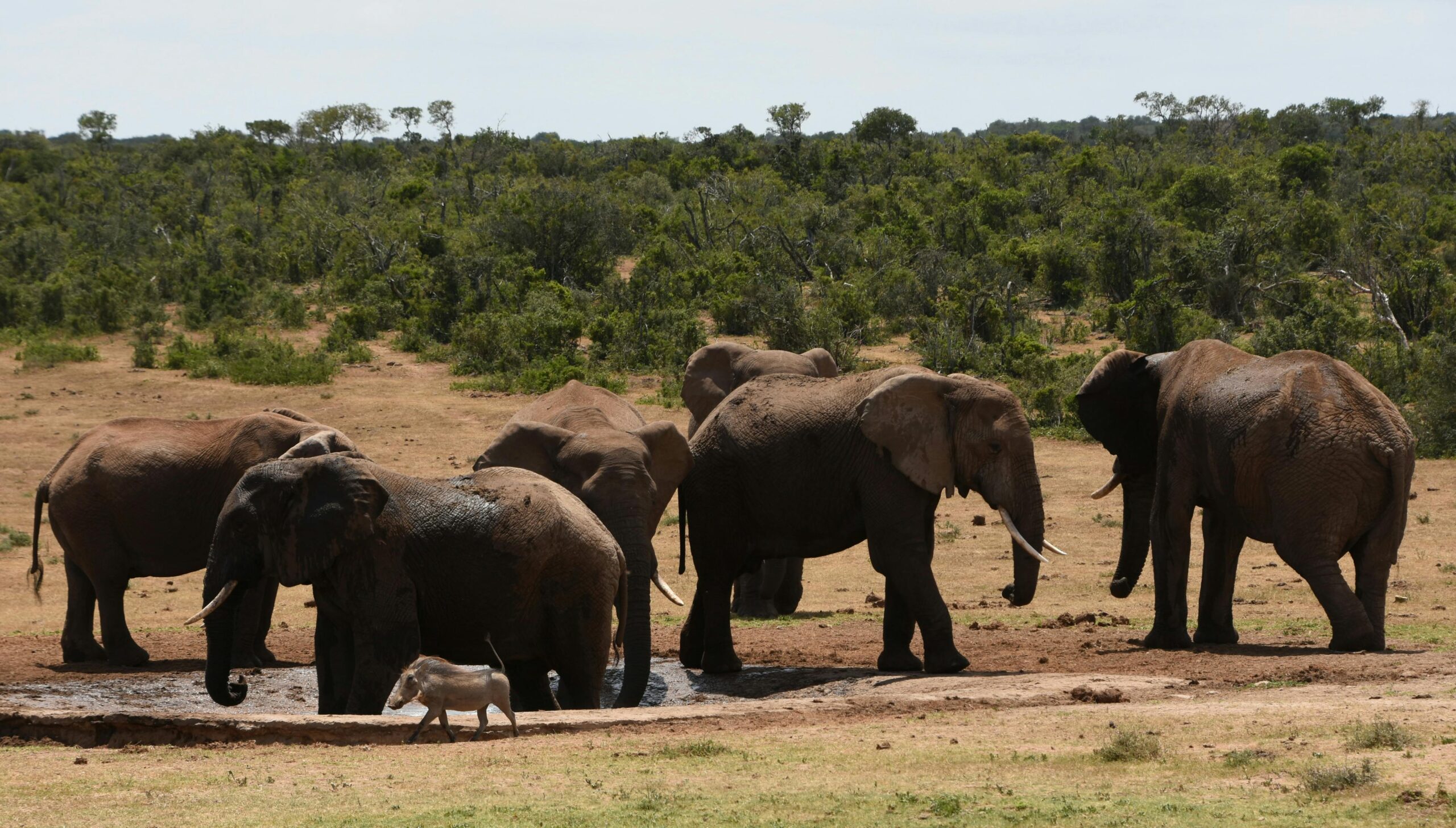
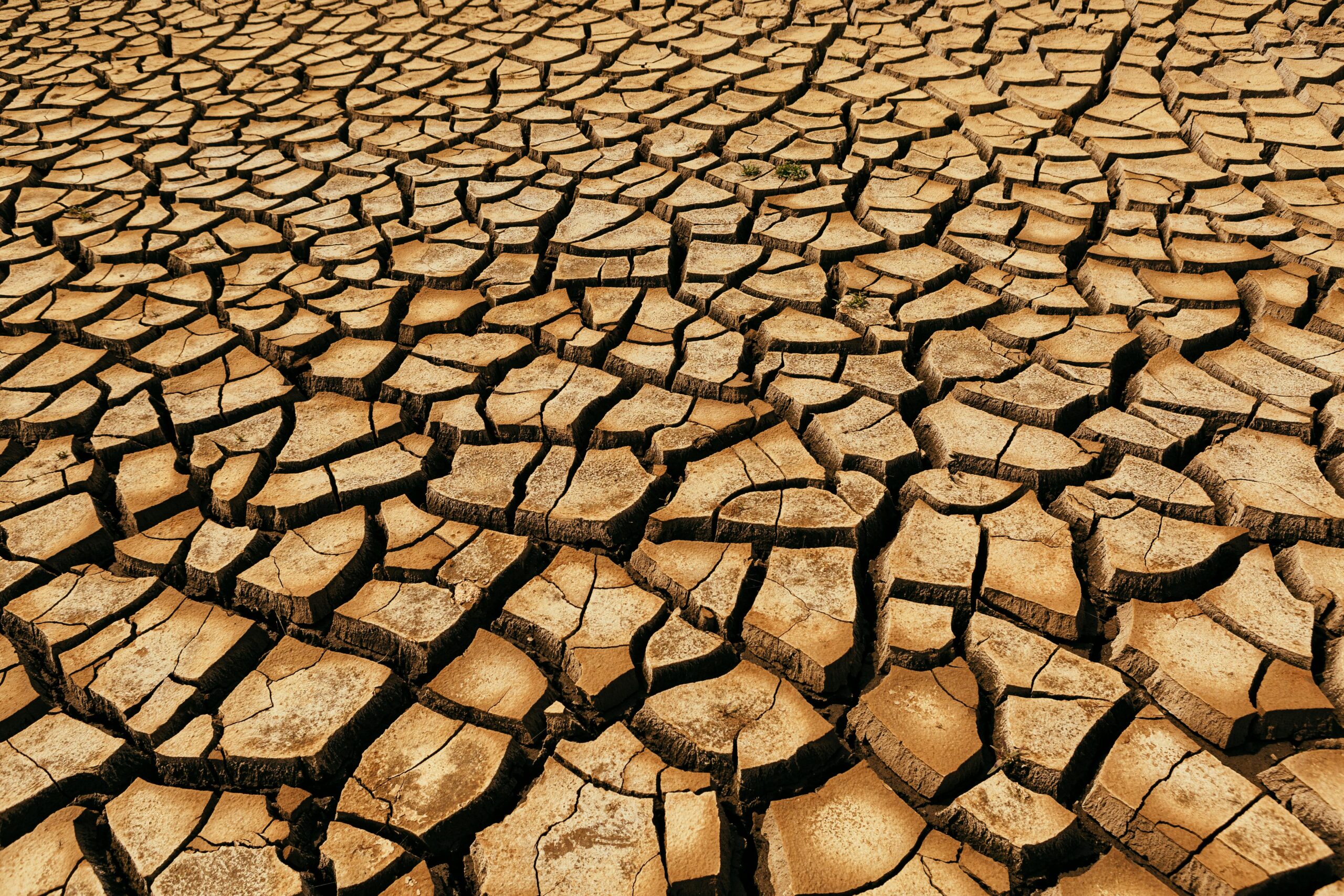
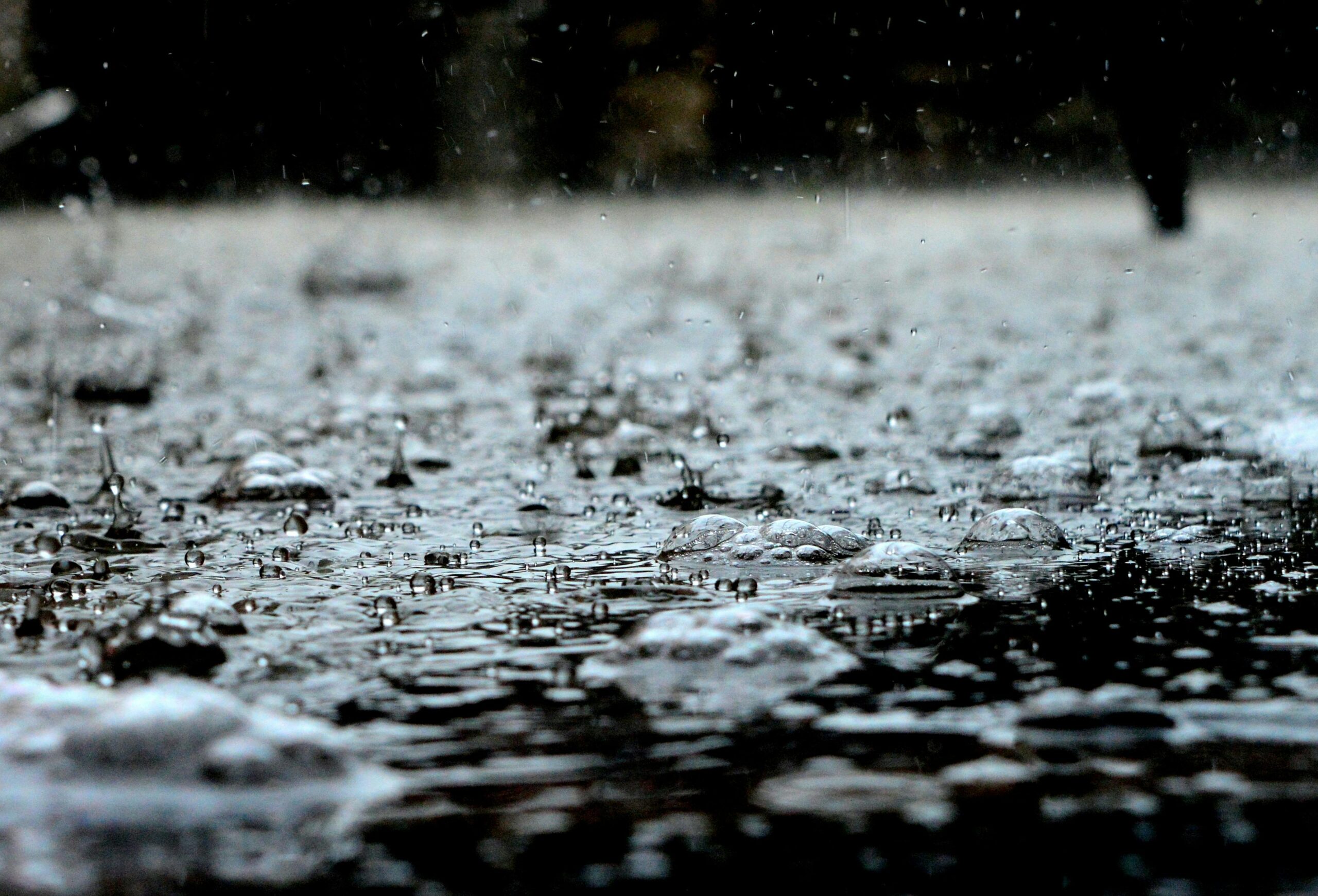
Leave a Comment